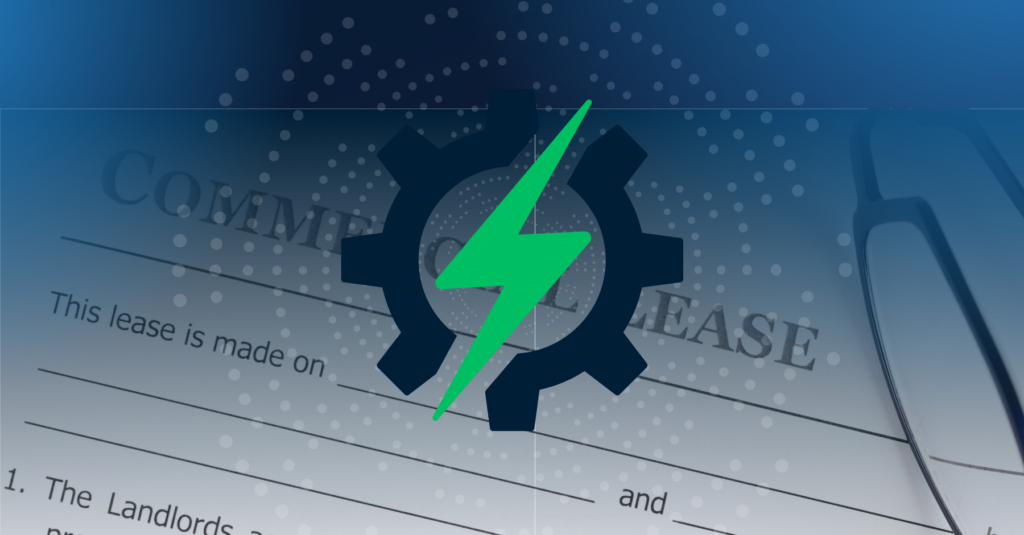While it is reasonable to assume that buildings will demand more energy in extreme weather conditions, it is often difficult to tell just how much this will affect overall energy consumption and costs. Heating and cooling degree days are used as a tool to help predict this uncertainty. They help to correlate energy usage with weather trends in your region while recognizing any abnormalities that may be costing you. Read on for more information about degree days and how they can help identify weather’s impact on your energy use, demand, and costs.
Degree days explained:
Degree days are a unit of measurement and industry standard for weather modeling used to indicate how warm or cool a location is. They compare the mean outdoor temperatures (average of the high and low of a given day) to a standard base temperature (the outside temperature in which your building does not need air conditioning or heating). This is usually assumed as 65 degrees Fahrenheit in the United States, but actual building balance points can be determined through statistics, such as with EnergyWatch’s watchwire platform. With more extreme weather conditions, come more degree days, resulting in higher expected levels of energy usage (whether for heating or cooling).
What are heating degree days?
Heating degree days (HDD) measure how cold temperatures are for a given period of days, resulting in the demand for energy to heat a building. Since the level of HDD should have a direct relationship with the energy needed to heat, they offer a beneficial prediction of future usage.
What are cooling degree days?
Cooling degree days (CDD) measure how warm temperatures are, resulting in the demand for energy needed to cool a building. They act in reverse of HDD, as they begin to add up when the outside temperature rises above the base temperature.
How to calculate HDD and CDD:
- Determine the base temperature (balance point) for your building and the mean outdoor temperature
- If the mean is greater than the base, subtract the base from the mean to find the number of cooling degree days
- If the mean is less than the base, subtract the mean from the base to find the number of heating degree days
Why is this important?
It is important to know the amount of heating and cooling degree days and its correlation with consumption when analyzing energy usage and performance. If costs do not align with the trends in weather and degree day patterns, further investigation into building operations may be necessary. Overall, heating and cooling degree data provide energy and building managers benefits such as:
- Trends in energy performance
- Identify operational changes to buildings that affect energy consumption
- Methodology for energy budgeting
Learn more about how energy management software, like watchwire , can calculate HDD and CDD and automatically compare to your building’s energy consumption to find any abnormalities or inefficiencies.
Sources:
https://www.eia.gov/energyexplained/index.cfm?page=about_degree_days
http://www.degreedays.net/introduction
https://www9.nationalgridus.com/niagaramohawk/energy_supplier/gas_hdd.asp
http://www.energylens.com/articles/degree-days
 California Signs Climate Laws, Bringing Back Urgent Timeline
California Signs Climate Laws, Bringing Back Urgent Timeline
 Log In
Log In








